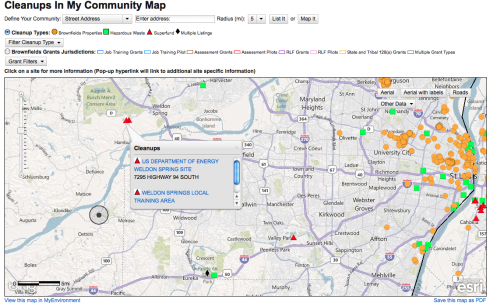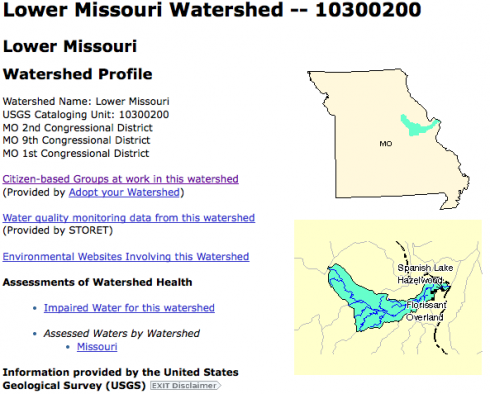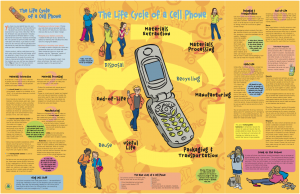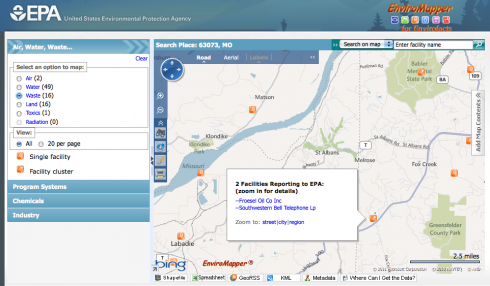You can now find the major greenhouse gas emitters (as well as other large facilities that emit pollutants) on the EPA’s mappable website.

Middle and High School … from a Montessori Point of View
You can now find the major greenhouse gas emitters (as well as other large facilities that emit pollutants) on the EPA’s mappable website.


Want to find your nearest superfund site? The EPA has an interactive page called, Clean Up My Community, that maps brownfields, hazardous waste, and superfund sites anywhere in the U.S.
Note:

The EPA has a number of excellent tools on its website that give access to a lot of environmental information. The Surf Your Watershed pages are particularly nice because they have specific links to citizen-based groups working in your watershed. Ours is the Lower Missouri Watershed, and the groups working there include schools, groups concerned about fish, and land trusts.
The site also links to the USGS streamflow data and some of their scientific research done in the area.

The EPA’s student resource page has a few interesting publications on the life cycles of a few common products: CD/DVD’s, cell phones, and soccer balls.
They’re a bit noisy, and would probably benefit from being reproduced in a more interactive format (Flash maybe), but they’re still a useful resource for talking about life cycles.
They’re a less dramatic presentation which can supplement the advocacy of the Story of Stuff video.

The EPA’s Enviromapper website is great way to identify sources of hazardous materials and other types of pollution in your area, which might be a good way of stirring up student interest in the topic.
Not only can you map the broad category of pollution – air, water, radiation etc – but you can also find specific information about the different types of pollution or potential pollution the EPA has information about. I found a nearby site with sulfuric acid, for example.
And, if you want to slog through a lot of closely written reports, you can find a lot more details about any site you come across. Some of this information might also be useful – who knows?